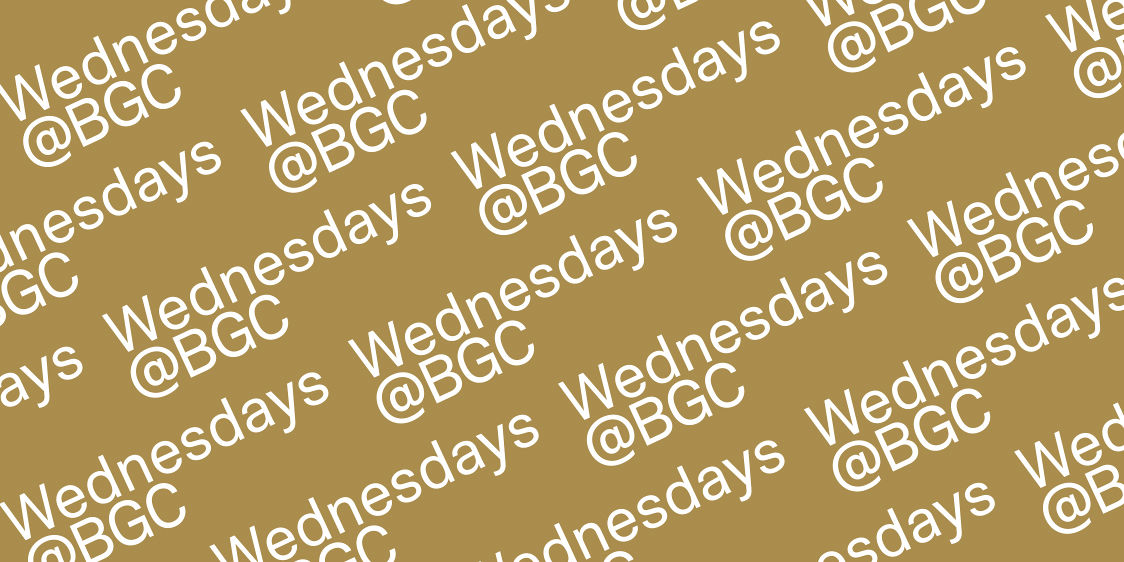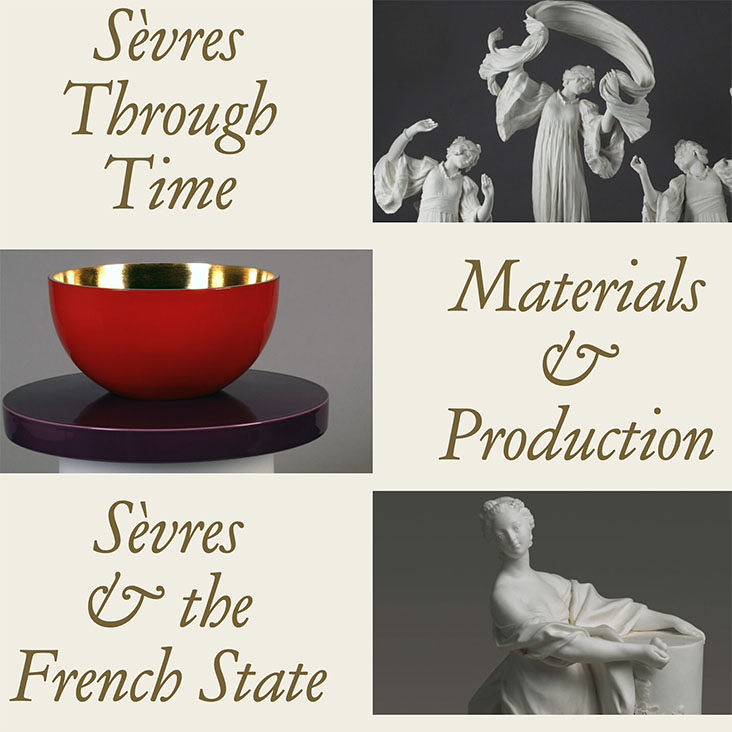
Photo by Polly Cancro.
Each year, Bard Graduate Center awards several Fields of the Future Fellowships to scholars and artists whose creative projects and research will thrive in BGC’s dynamic academic community and will benefit from the opportunity to conduct collections-based research at BGC or elsewhere in New York City. BGC created the Fields of the Future Fellowships to promote research that expands the sources, techniques, voices, and questions of interdisciplinary humanities scholarship in the decorative arts, design history, and material culture. The fellowship allows recipients to produce work related to their specific research interests while immersing themselves in the Bard Graduate Center community. Fellows attend lectures, work closely with librarians, and interact with faculty and students.
Patricia Orpilla, an interdisciplinary Filipino American artist who explores connections between the material histories of weaving and language, was awarded a Fields of the Future Fellowship for spring 2024. Orpilla focused on expanding a series of prints she made during a 2021 fellowship at Yale’s Beinecke Library that engaged with the history of pre-Christian spirituality in the Philippines and the subsequent spread of Christianity through colonialism and printmaking. Orpilla’s religious upbringing in the Midwest led to her interest in how ideologies and religions are circulated through visuals or texts, and she often expresses this in her work.
Early in her residency, Orpilla spoke to the BGC community about her research interests and her artistic practice. Following the lecture, collection development librarian Abigail Walker recommended Orpilla read Weaving Cultures: The Invention of Colonial Art and Culture in the Philippines, 1565 to 1850 by René Javellana, S.J. Appreciative of Walker’s direct feedback, Orpilla honed in on Javellana’s discussion of the Banton cloth—a 400-year-old warp ikat textile (a fabric made with resist-dyed yarns) found inside a coffin in the Philippines. She was particularly interested in the decorative patterns woven into the burial cloth, which include diamond shapes that are often identified as birth symbols.

Photo by Fresco Arts Team.
Orpilla began researching this particular symbol, referring to The Birth Symbol in Traditional Women’s Art from Eurasia and the Western Pacific by Max Allen. Inspired by these readings and other texts from the BGC library such as Dynamis of the Image: Moving Images in a Global World (edited by Emmanuel Alloa and Chiara Cappelletti) and How Textile Communicates: From Codes to Cosmotechnics by Ganaele Langlois, she created three new prints to be displayed in an alcove on the library’s second floor. To make the triptych, she used a collagraph printmaking technique in which she attached a weaving she embroidered with the birth symbol to a plate and used it to create prints evoking a woven texture. Entitled Kapag hindi pinangalanan ang Diyos (When God Went Unnamed), Orpilla sees Orpilla sees this work as an open-ended interpretation of pre-Christian spirituality in the Philippines. As the birth symbol refers to reproduction, Orpilla was interested in thinking about it as a symbol that could be read in the same way as the Christian symbol of the cross.
The prints were hung in the BGC Library and Orpilla was given the opportunity to put her research on display by filling nearby shelves with a selection of books that informed her work. Orpilla approached this as a curatorial project, choosing titles that represented a combination of techniques, theories, and visuals that inspired her. Carefully arranging these books based on their content and aesthetics, she opened some of them to pages that would create a meaningful dialogue with the art on the wall and elaborate on the prints’ message.
Orpilla used the BGC library’s collection to further all facets of her practice, and she began working on a group of paintings inspired by basket weaving that she will continue to develop. She hopes that the two projects—her prints incorporating weaving techniques and the basket weaving paintings—will work in conversation with each other as an exploration of the idea of entanglement.











